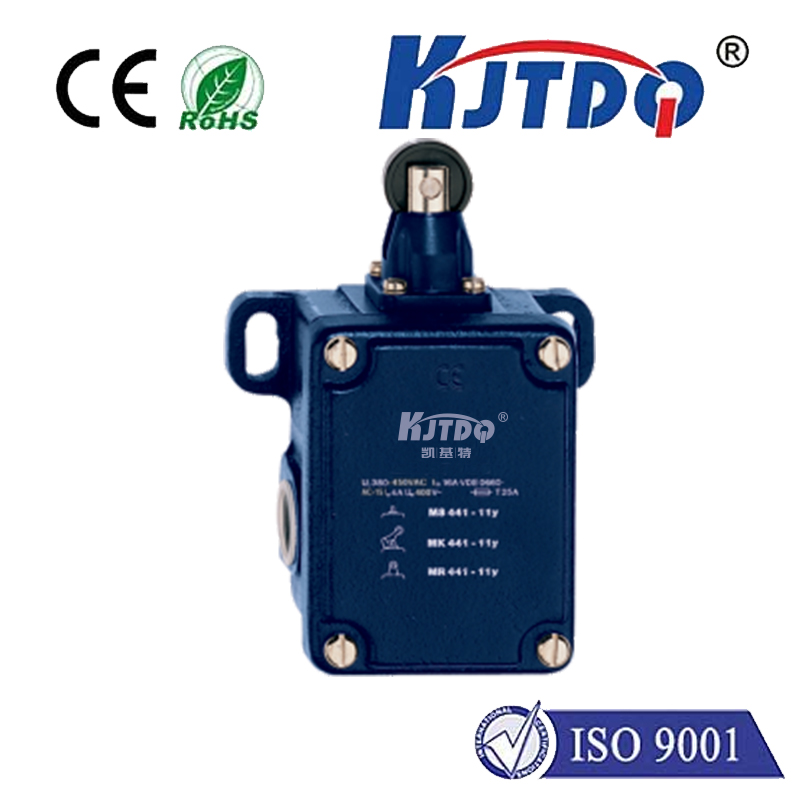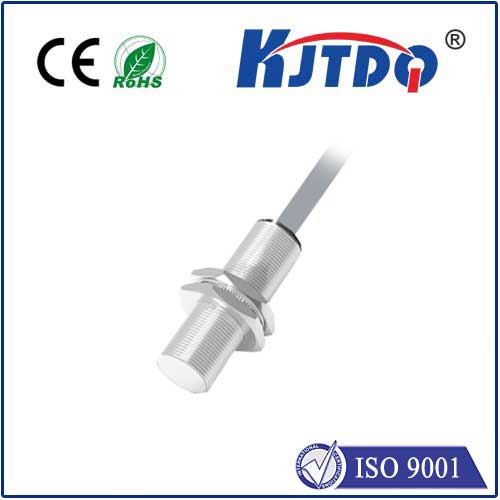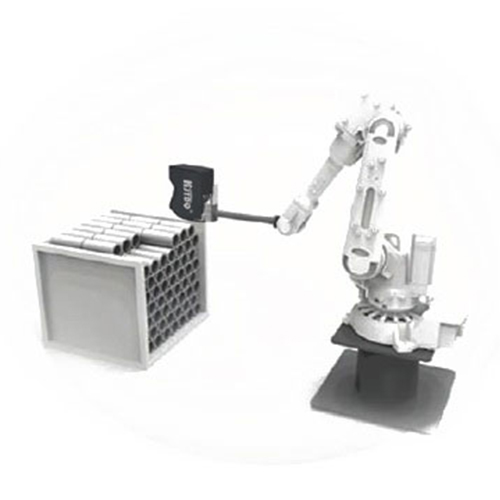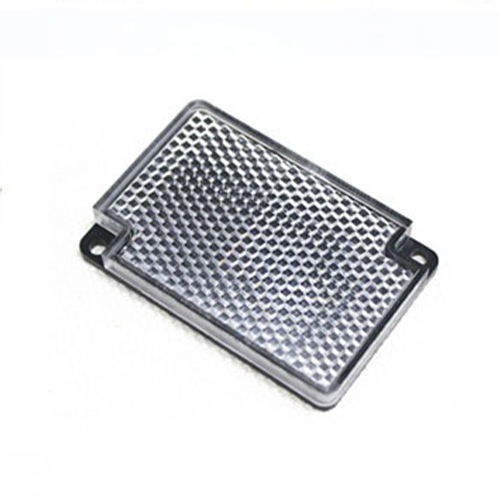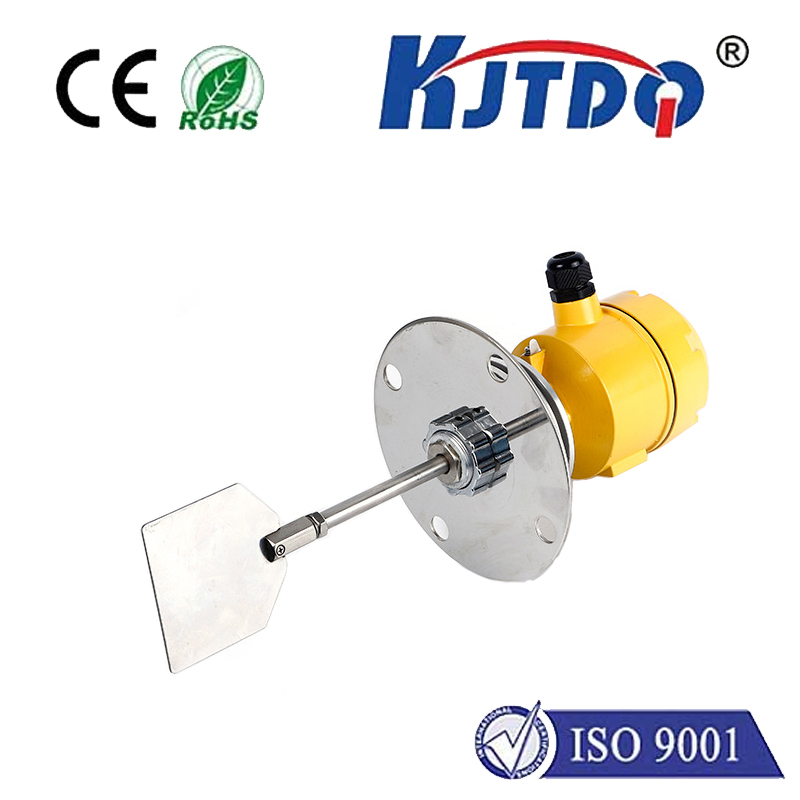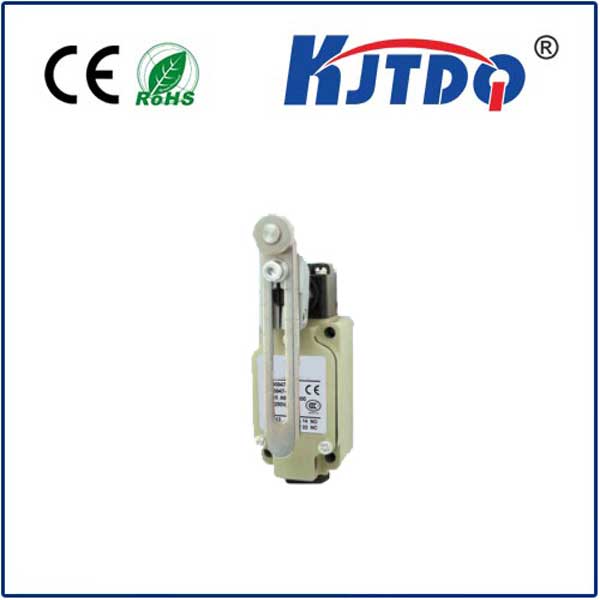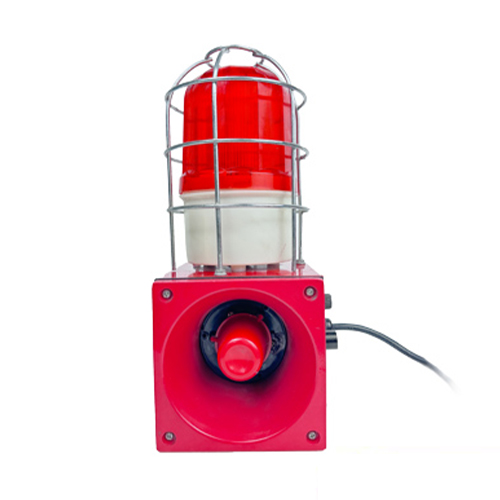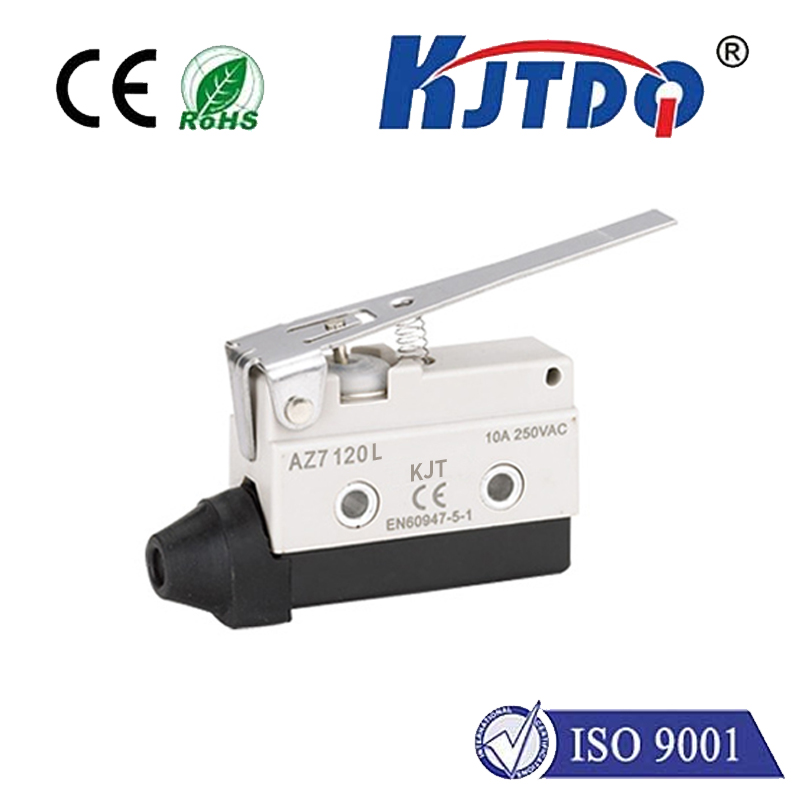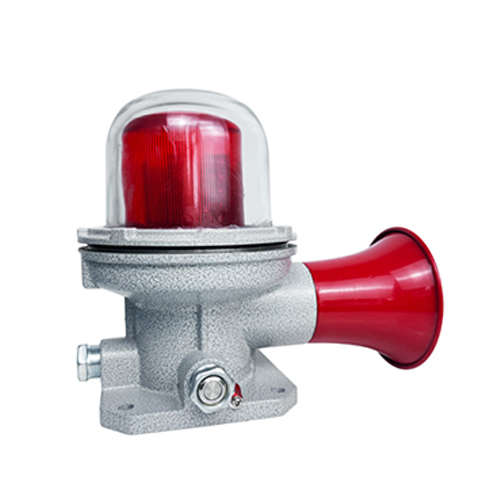

check

check

check

check

check

check

check

check

check

check
Capacitive proximity sensors are a type of sensor that detects the presence of an object or person by measuring the capacitance between two electrodes. These sensors are widely used in various applications due to their high accuracy, sensitivity, and reliability. In this article, we will discuss the different types of capacitive proximity sensors available in the market and their features.
Types of Capacitive Proximity Sensors
There are two main types of capacitive proximity sensors: planar and non-planar. Planar sensors have a flat surface with two electrodes placed on opposite sides. Non-planar sensors, on the other hand, have more complex shapes and require specialized design considerations. Both types of sensors use a capacitor to measure the distance between the objects or persons being sensed.
Features of Capacitive Proximity Sensors
* High accuracy: Capacitive proximity sensors can accurately detect objects or persons from a distance of up to several centimeters.
* Sensitivity: These sensors are highly sensitive and can detect even small changes in capacitance levels.
* Long lifespan: Capacitive proximity sensors have a long lifespan and do not require frequent replacements.
* Easy to install: These sensors can be installed easily without requiring any special hardware or software.
* Versatile application: Capacitive proximity sensors can be used in a variety of applications such as access control, automated manufacturing, and medical devices.
How Capacitive Proximity Sensors Are Used in Different Applications
Despite their many benefits, capacitive proximity sensors are not suitable for all types of applications. For example, they may not work well in environments with high humidity or electromagnetic interference. However, they are commonly used in the following applications:
* Access control systems: Capacitive proximity sensors are used to control access to secure areas such as buildings or offices. When an individual approaches a sensor, it triggers an alarm or unlocks a door based on predefined rules.
* Automated manufacturing: Capacitive proximity sensors are used to monitor the movement of robots and machines in factories. They help ensure that the machines are operating within safe parameters and prevent accidents.
* Medical devices: Capacitive proximity sensors are used in medical devices such as heart rate monitors and blood glucose meters. They detect the presence of a patient's skin and provide accurate readings of their health parameters.
